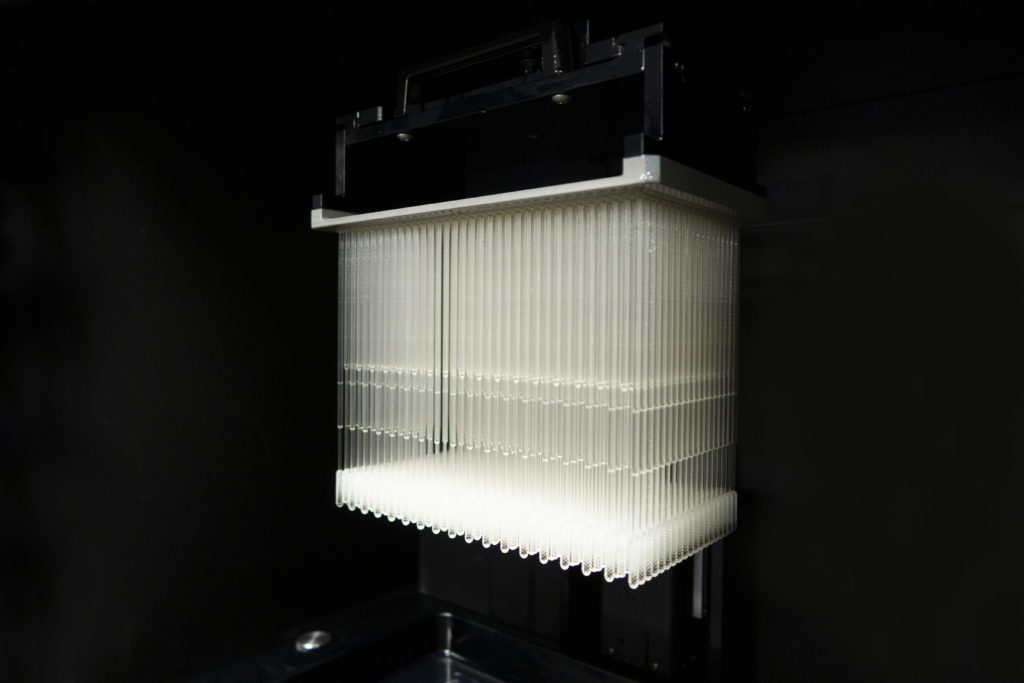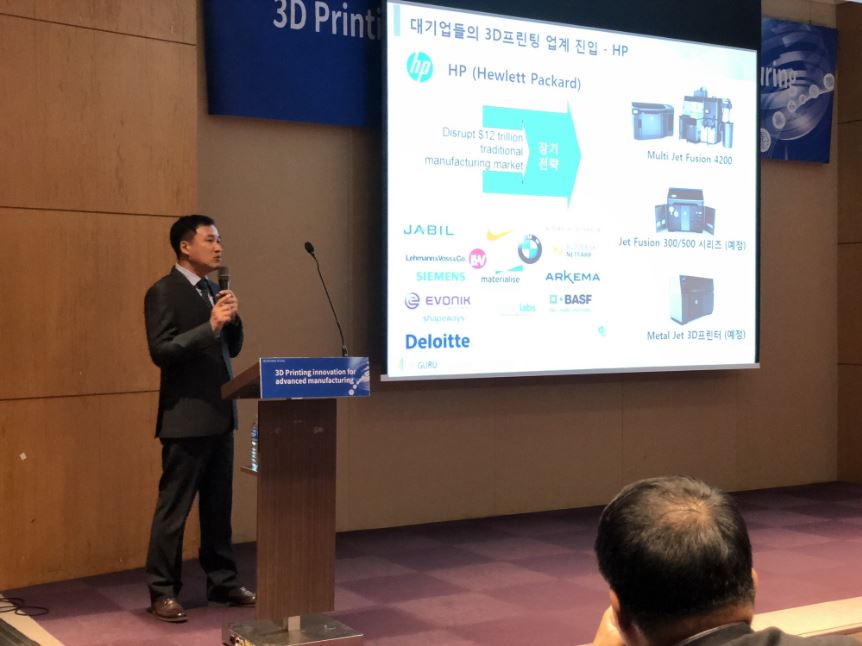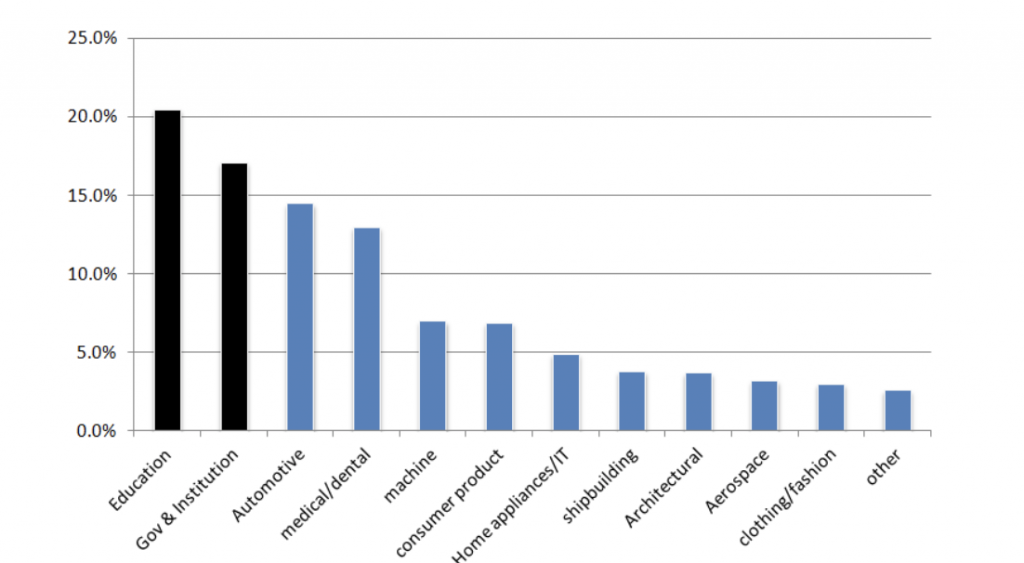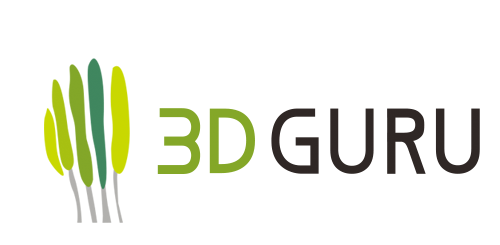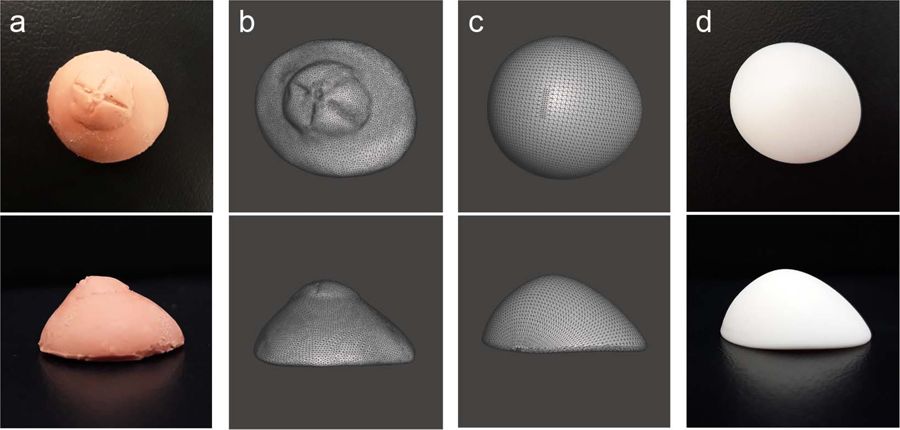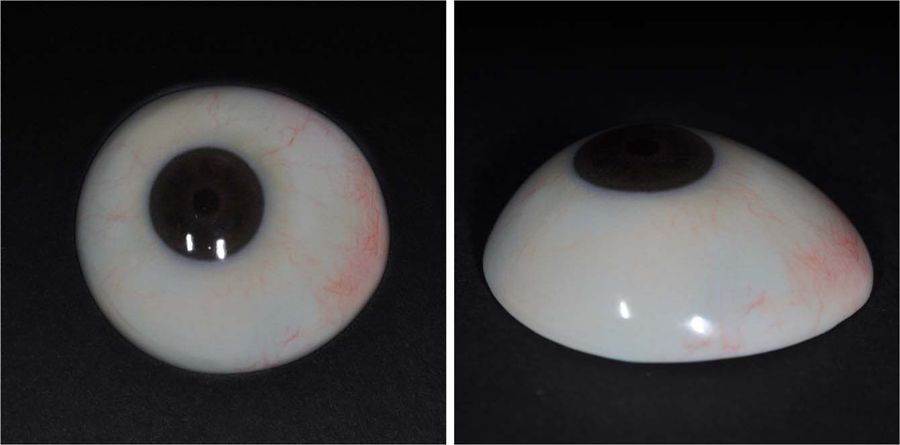Companies, organizations and individuals continue to attempt to lend support to the COVID-19 pandemic supply effort. We will be providing regular updates about these initiatives where necessary in an attempt to ensure that the 3D printing community is aware of what is being done, what can be done and what shouldn’t be done to provide coronavirus aid.
Canon has been in the additive space for some time, dating at least as far back as 2014, when Canon Marketing began reselling 3D Systems technology in Japan. Now, Canon Marketing Japan (Canon MJ) has announced that it will offer contract manufacturing as well, spurred by the medical supply crisis associated with COVID-19. The company is utilizing its 3D printing network to provide on-demand production of medical items, beginning with resin parts. Testing the market further, Canon MJ will expand to offer further materials and printing methods.
3D Bioprinting Solutions (3DBio) is working to address the pandemic by enabling the testing of anti-COVID-19 drugs. The company has developed scalable production of 3D lung tissue spheroids modeled on human lung adenocarcinomas, human colorectal adenocarcinoma and African green monkey kidney cells. The 3D spheroids have been given to virologists to infect with the SARS-CoV-2 virus for testing pharmacological molecules.
U.K. startup Fractory is using sheet metal manufacturing to produce a universal tool made from CZ108, antimicrobial grade brass with 64 percent copper content, that enables the hands-free operation of doors, cabinets, fridges, cash machines, elevators and other objects in public life. Dubbed the SafeKey, it even acts as a bottle opener and wrench.
Alongside such companies as EnvisionTEC, HP, Origin, Carbon and Formlabs, South Korea’s Carima is also 3D printing nasopharyngeal swabs for SARS-CoV-2 testing. Via its partner company ‘T’ in the U.S., the company is making an average of 15,000 swabs daily with a goal of ramping up production to 25,000 per day. Additionally, the company is 3D printing face shields for healthcare professionals.
While some companies are 3D printing nasal swabs for SARS-CoV-2 testing, Singapore’s Creatz3D is 3D printing models for training personnel in the application of nasal and throat swabs. As many may now well know, this testing procedure involves inserting a very long swab into the nasal cavity, reaching it into the back of the throat, where the swab is gently rotated to collect specimens. A front-line training organization reached out to Creatz3D to 3D print life-sized medical mannequins to simulate swab collection.
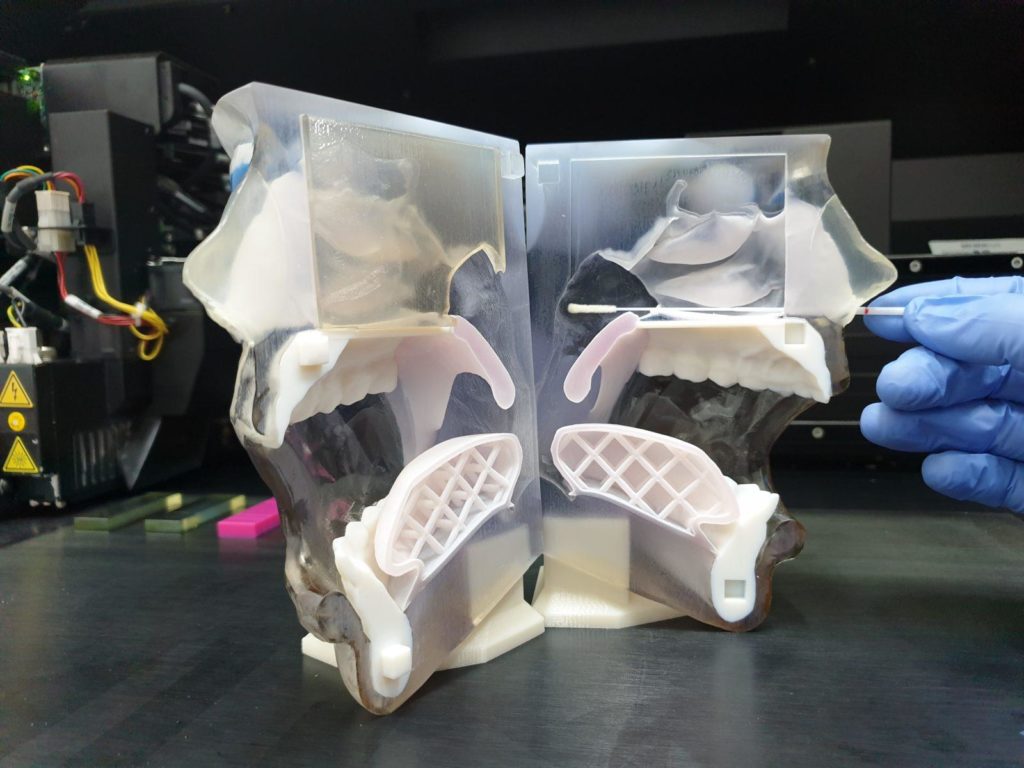
A mannequin 3D printed by Creatz3D for nasal swab testing of SARS-CoV-2. Image courtesy of Creatz3D.
Its sister company, AuMed, a bespoke medical simulator company, found models in its CT and MRI library and fused them into a single mannequin using Materialise’s Mimics Innovation Suite (MIS) Medical. The models were refined with feedback from doctors in the field before the final products were realized. Compared to opaque counterparts made with traditional techniques, the resulting, 3D-printed mannequins are partially transparent for improved training. Two varieties can be 3D printed at a lower cost than the $3,000 conventional variety in just five to seven days. Other improvements include a bounceable tongue for simulating the use of a tongue depressor.
As the pandemic continues to grip the world, we will continue to provide regular updates about what the 3D printing community is doing in response. As always, it is important to keep safety in mind, remain critical about the potential marketing and financial interests behind seemingly good humanitarian efforts from businesses, and to do no harm.
The post 3D Printing and COVID-19, June 8, 2020 Update: Canon, Creatz3D, Carima, 3D Bioprinting Solutions appeared first on 3DPrint.com | The Voice of 3D Printing / Additive Manufacturing.

